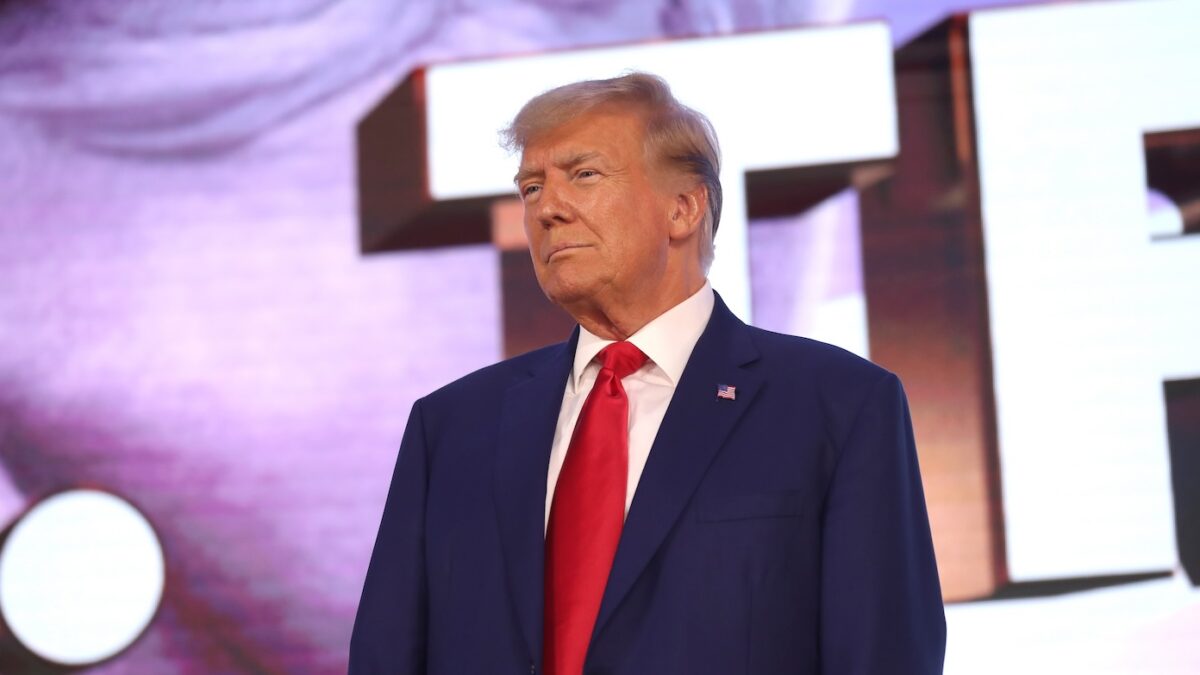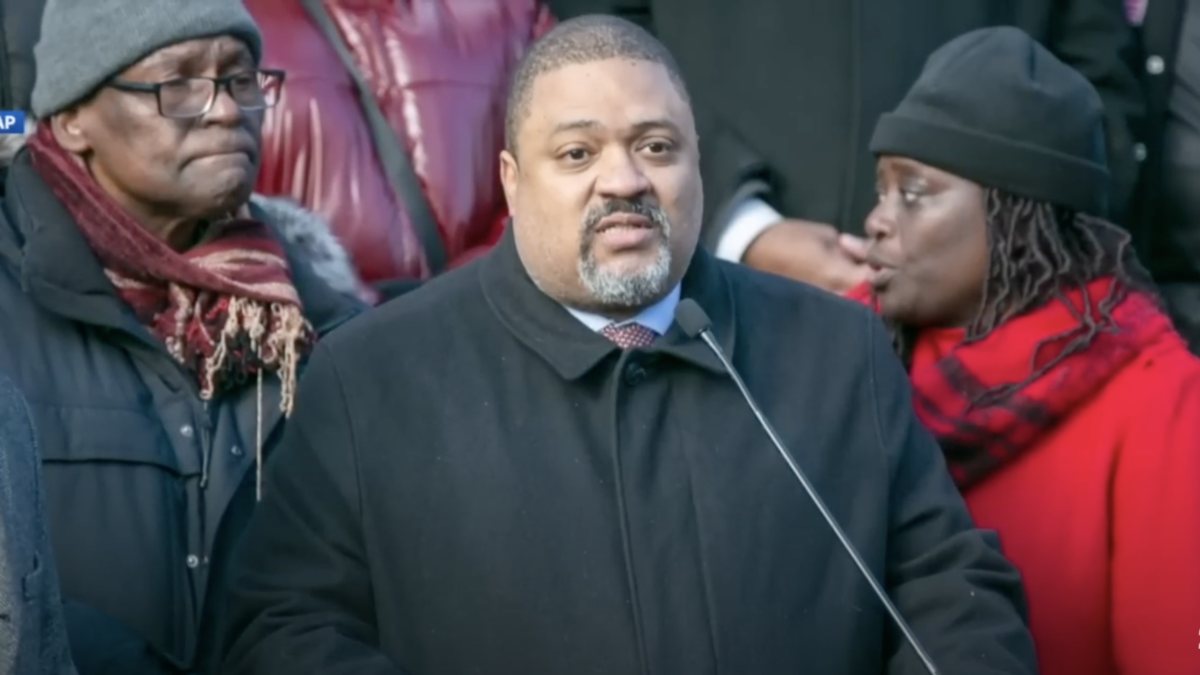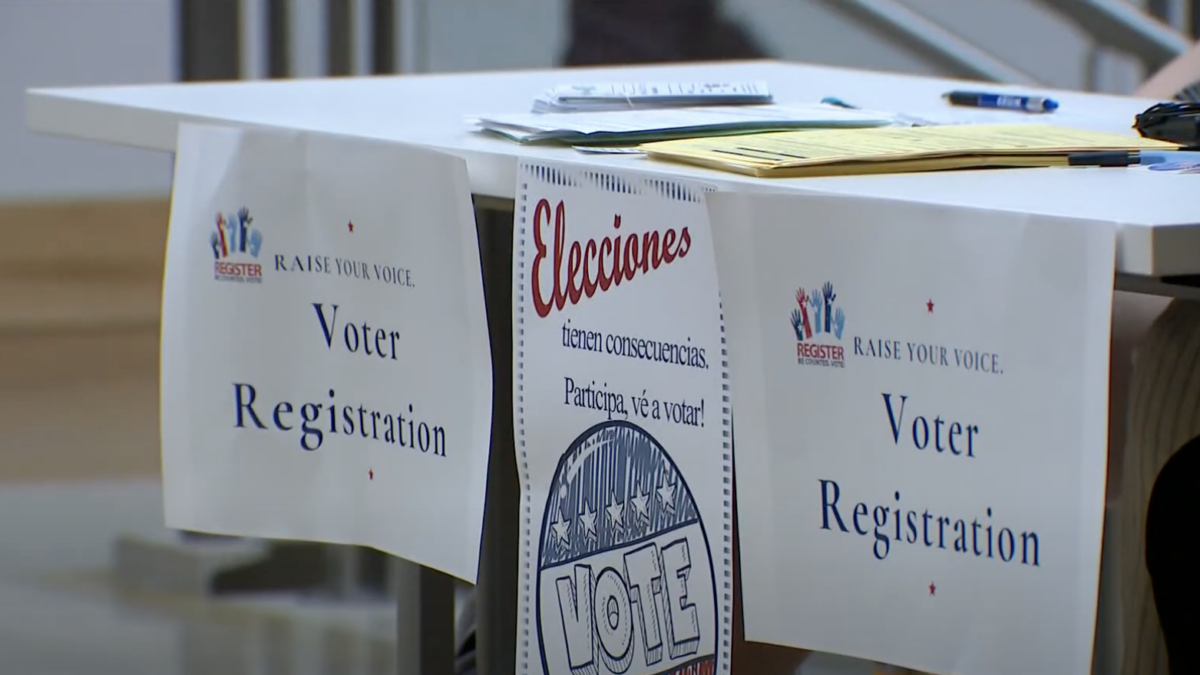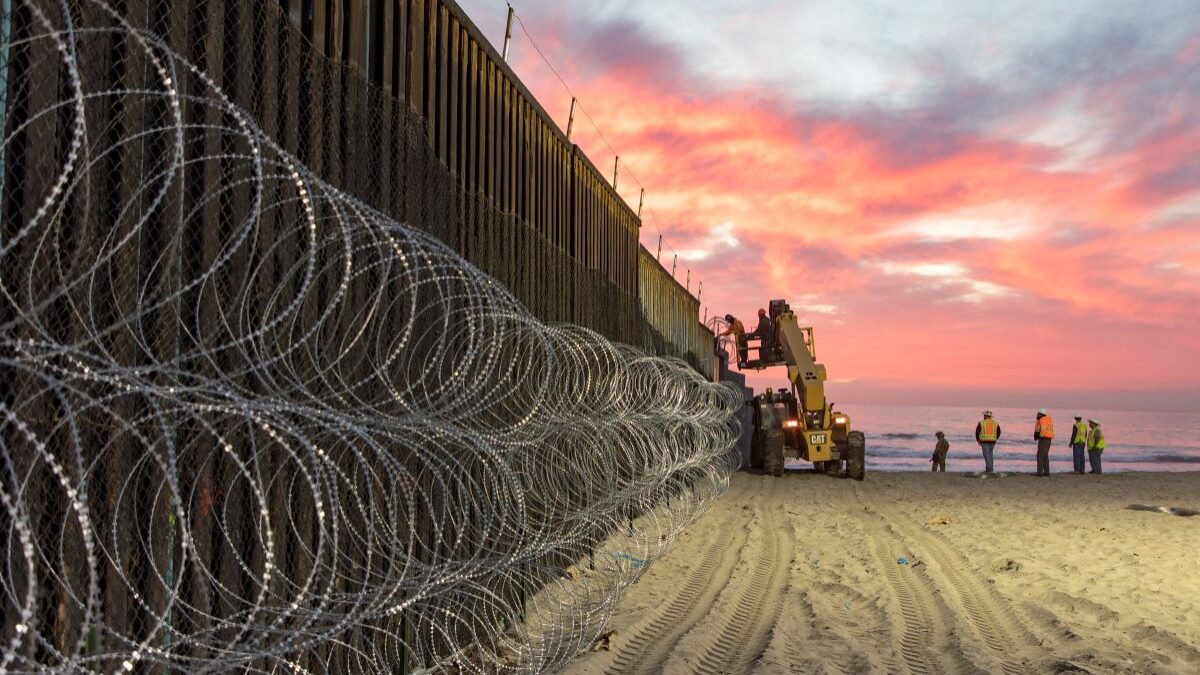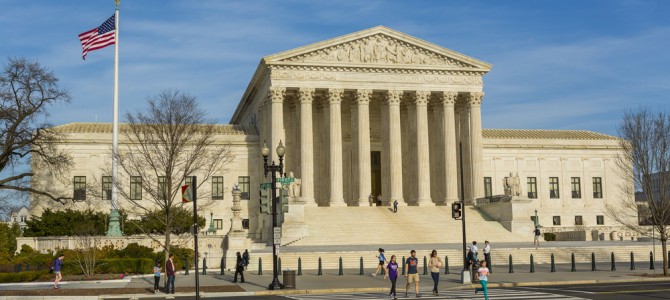
On Friday, less than two weeks after a federal appellate court affirmed the injunction against President Obama’s executive action on immigration, the administration asked the Supreme Court to give the case “immediate review.” Despite the administration’s desperate plea to resolve the case as soon as possible—to allow a policy whose general thrust we agree with to proceed—the justices need not rush what could become a landmark separation-of-powers case.
Let’s recall how we got here. On November 20, 2014, exactly a year before the government’s latest filing, President Obama announced Deferred Action for Parents of Americans (DAPA). This policy purports to rely on “prosecutorial discretion” not just to prioritize the deportation of felons over families—nobody challenges that authority—but to systematically convey deferred status to millions of aliens in a formal way that grants work authorization and other benefits. Texas and 25 other states filed suit, and Judge Andrew Hanen temporarily enjoined DAPA in February. DHS simply had not gone through the proper notice-and-comment procedures for changing its rules.
After nearly a month of dithering, the Justice Department finally filed for an “emergency” lift of the injunction pending appeal, which the U.S. Court of Appeals for the Fifth Circuit denied in May. Then, after considering the merits of the case, the Fifth Circuit released its divided 130-page ruling on November 9—affirming the district court’s procedural holding and also adding that DAPA went beyond the broad discretion that immigration laws grant the executive branch.
It is this last ruling the government now appeals, with urgency. “The great and immediate significance of the Secretary’s Guidance, the irreparable injury to the many families affected by delay in its implementation, and the broad importance of the questions presented, counsel strongly in favor of certiorari now,” wrote Solicitor General Don Verrilli in his filing.
The Clock Is Ticking
The Supreme Court will almost certainly agree to hear the case—it does so whenever courts block an important federal law or executive action—so the only question is when. This isn’t some parlor game for legal junkies: If the court doesn’t put the case on its docket by the end of January, then it likely won’t be decided before next November’s elections.
It would also mean the next president could rescind or otherwise change DAPA in a way that moots the case. In keeping with the modus operandi of the Roberts court, the justices can simply decide not to decide yet—with some hope that this turns out to be a decision not to decide ever.
While the importance of this timing question goes beyond the curiosity of Supreme Court-watchers, the process that will determine the answer is arcane. Historically, a cert petition needs to be granted by the end of January to be heard during the same term—with a ruling by late June—rather than being pushed to the following fall. There are three key steps ahead of that unofficial deadline: (1) the federal government’s petition; (2) Texas’s brief in opposition; and (3) the Supreme Court’s conference when the justices vote to hear the case.
The solicitor general started the clock when he filed his petition, formally asking the high court to review the adverse lower-court ruling. Texas has 30 days to file its response, which will argue that the Supreme Court should decline the appeal (because it’s only at the preliminary-injunction stage and there’s no circuit split). That puts us into the week before Christmas, well in time for conferencing in January and argument in April—as happened last term with the late-arriving same-sex marriage cases.
The Government Wasn’t Always in Such A Hurry
But under the Court’s rules, parties opposing certiorari can request an additional 30 days to file their brief. Indeed, just Monday Texas asked for such an extension, citing a long list of impending oral arguments and filing deadlines, in the Supreme Court and elsewhere.
This extension would push the states’ filing deadline to January 20—past that month’s final conference—meaning the case would be “conferenced” on February 19 and, if granted, argued in October. (The court could always set a special argument in May—barely a month before it would have to announce its blockbuster ruling—but it has only created such a late-spring sitting three extraordinary times in the last 25 years, and never for petitions that simply fell on the wrong side of the January-February conference line.)
The Supreme Court clerk grants these common requests, which are rarely opposed, as a matter of course; our research assistant couldn’t find a single denial going back more than 500 docket entries. Yet the solicitor general has opposed granting Texas an extension—which means that the clerk is likely to refer the request to the justice responsible for administrative requests from the Fifth Circuit (Justice Scalia), who may in turn refer it to the full court.
The import of this step for the government’s top advocate—institutionally known as the “tenth justice”—is to make the court decide DAPA’s legality while President Obama is still in office. But this sudden urgency is suspect because the government wasn’t always in such a hurry, as Texas noted in its request letter. “If petitioners’ opposition stems from concern about short-term consequences of the district court’s preliminary injunction, petitioners could have sought a stay pending appeal.”
That is, in addition to the inexplicable delay in appealing Judge Hanen’s initial ruling, the administration didn’t seek Supreme Court review of the Fifth Circuit’s initial ruling—or even a stay of the sort that’s granted when, say, the legality of a voting law is in doubt close to an election. In a decision its supporters widely criticized, the White House opted instead to wait for the Fifth Circuit to consider the merits. That move sent a clear signal: this case is important, but not dire.
If indeed time were of the essence, as the government’s petition now insists, the solicitor general should have gone directly to the Supreme Court in May. Had he done so and prevailed on an emergency motion—perhaps after a hearing as early as June—the administration could have resumed preparations to roll out the program in the event of an “inevitable” court victory. By failing to do so, DAPA implementation is on hold. (But note that, as Texas reiterates, “the preliminary injunction does not require the Executive to remove any alien, and it does not impair the Executive’s ability to set priorities for determining which unauthorized aliens to remove.”)
This Case Is Too Important to Rush
When the Supreme Court has to rush to issue a landmark separation-of-powers decision, the decisions are often fractured and divided, as the justices lack sufficient time to coalesce around a single reasoning. This case may set a precedent that will shape the scope of executive power and prosecutorial discretion for decades to come. There is no reason for the court to cram the case into eight weeks in late spring.
More practically, DAPA can’t possibly be implemented in the waning days of the Obama presidency, so even a government victory in June would only set up the question of whether the next president follows through on the policy. President Obama no doubt recognizes this dynamic and would welcome a campaign cudgel: “The Supreme Court upheld my program, but I can’t implement it in time, so vote for Hillary.”
That cynical calculus is all the more reason for the Supreme Court not to scramble to decide this case. We will know as early as November 8, 2016, whether a Republican president will rescind DAPA or a Democratic one will extend it. If it’s the latter, the Supreme Court can hear the case and—we argue—find that it is unlawful. But if it’s the former, the justices can simply take the case off their plates and avoid the need to resolve a major challenge to our constitutional structure.
Unlike laws, which stay on the books regardless of who is elected, there’s a 50/50 chance that President Obama’s unilateral action will be reversed after January 20, 2017. The Supreme Court should invalidate DAPA—but only if and when it has to.



